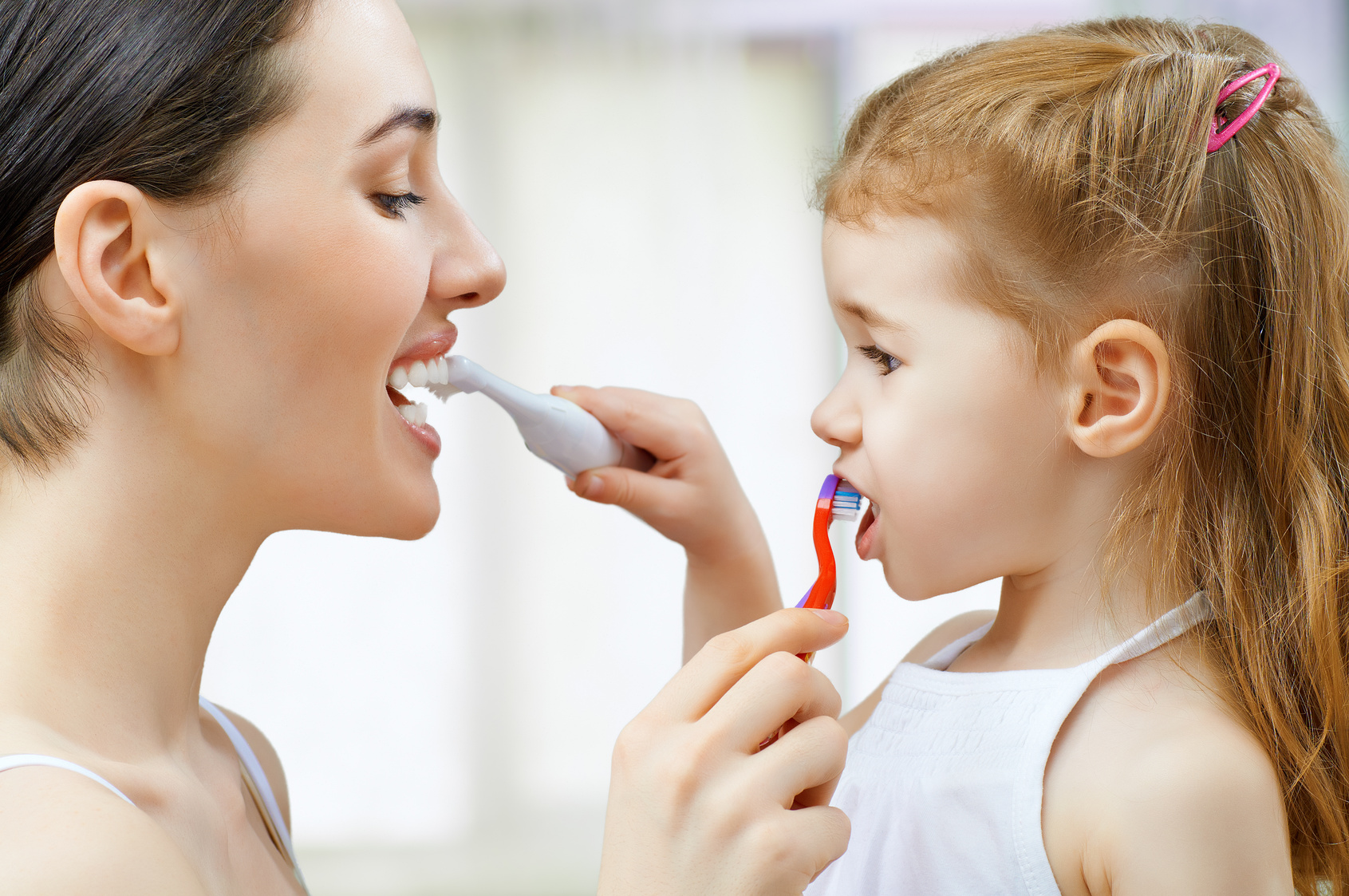
At first, it seemed harmless. A small white spot on the gum. Then another followed. Everyone told me not to worry. “They’re just baby teeth,” they said. But something about the shape looked off. One tooth came in sideways. Another seemed discolored before it even fully emerged. I thought teeth problems happened later. I didn’t expect so much so soon. By the time I brought it up to the pediatrician, we were already months into development. I realized I was late to something I hadn’t known to expect.
The toothbrush felt too big for such a small mouth
I bought the smallest brush I could find. Still, it felt huge in their mouth. The bristles looked soft, but they cried anyway. I thought maybe I was hurting them. But when I skipped brushing, their gums looked red the next morning. I tried with just a cloth. That didn’t seem enough. There was food stuck I couldn’t see clearly. No toothpaste. Just water. But even that was a battle. Every night became a question: push through the crying or give up? I didn’t know how much pressure was too much.
I was surprised how early sugar started showing up in everyday foods
I didn’t give them candy. No cookies. No juice. Just baby food and formula. But one day I checked the ingredients. Nearly everything had sugar. Even “natural” things. Fruit purees. Crackers. Yogurt. All sweetened. I started reading every label. Sugar by different names: glucose, maltodextrin, fruit concentrate. It was everywhere. I wasn’t giving candy, but sugar was still reaching their mouth. I realized cavities don’t only come from sweets. They come from what we don’t count as sweets. That changed how I fed them.
He fell once, and the front tooth turned gray weeks later
There wasn’t blood. Just a bump. He cried for two minutes and stopped. But weeks later, one front tooth started to darken. I thought it was food stain. I tried brushing it harder. Nothing changed. I finally took him to the dentist. “Trauma,” they said. It wasn’t from food. It was from that fall I thought didn’t matter. They told me gray teeth sometimes die slowly. It might stay in place. Or it might loosen. There wasn’t much I could do except watch. That helplessness was new.
No one explained when to start going to a pediatric dentist
I assumed dental visits started at five. Maybe when they had a full set of teeth. Then someone mentioned three years old. Another said one. Online said first birthday. I had already missed all those. No dentist had called. No doctor mentioned it at checkups. I felt like I had failed by not knowing. The pediatric dentist didn’t shame me. But they did point out things I’d overlooked. Slight decay. Gum irritation. Misalignment. I left with guilt. Not because I had ignored the problem. But because I hadn’t known there was a timeline.
They didn’t like the taste of toddler toothpaste, and I didn’t know what else to try
I bought three kinds of toothpaste before one didn’t get immediately spit out. Some were too minty. Others were too sweet. Some just caused gagging. They hated the texture. I switched to fluoride-free for a while, unsure if it even helped. But fluoride-free seemed safe. Less dangerous if swallowed. Still, the dentist said fluoride was necessary. Just a smear. Tiny. Still, getting that much into their mouth felt like threading a needle. I questioned every brushing. Was it enough? Was it doing anything at all?
The nighttime bottle was the hardest thing to give up
It helped them sleep. It calmed them instantly. But every dentist warned me about bedtime bottles. Especially milk. Sugar sits on the teeth overnight. I tried water. They screamed. I tried no bottle. They didn’t sleep. For weeks, bedtime was a war. They asked for milk every night. I resisted, then gave in, then regretted it. I knew what was happening. I could see white lines on the teeth forming. I just didn’t know how to stop it without losing our only nighttime routine.
I didn’t expect teeth grinding to start so early
It was a sound that chilled me. Sharp. Sudden. Almost mechanical. Their teeth grinding in sleep. I thought it was a dream. But then I heard it during naps too. The dentist said it was common. Sometimes related to teething. Sometimes stress. Sometimes nothing. There was no fix. Just monitoring. It might go away. Or it might not. I wondered if it hurt them. They never said anything. Just clenched and clicked in their sleep. I watched and waited, feeling helpless.
I didn’t realize how early jaw shape can be affected
Their bite looked normal to me. But the dentist noticed crowding. Already. Before they turned two. They explained how habits like thumb sucking could shape the mouth. Even pacifiers beyond a certain age. I hadn’t connected pacifiers with jaw development. I thought they were harmless. Comforting. But now I saw their teeth slanting outward slightly. I tried taking the pacifier away. The crying lasted hours. Every day. The longer I waited, the harder it would be. Still, every day I waited.
I didn’t expect to learn so much from watching how they chew
I started noticing they chewed more on one side. Always the left. The food piled there. The right side barely moved. I thought maybe it was teething pain. But even after new teeth came in, the habit stayed. The dentist said early chewing patterns can affect alignment. Favoring one side trains the muscles unevenly. I tried shifting the spoon. Offering food on the other side. They resisted. The body picks habits without asking. And sometimes the smallest ones last longest.
They cried every time I flossed, so I almost stopped trying
Getting floss between baby teeth feels impossible. The spaces are tight. They squirm constantly. Every time, they cried. I questioned whether it was worth the struggle. I skipped nights. Then weeks. I felt bad but exhausted. Then I noticed redness between two back teeth. Food stuck there. Flossing started again, with more resistance. But I didn’t stop this time. Eventually, they stopped crying. It took months. But the tears faded. I still wonder if I should have started sooner, or waited longer. There’s no guide for when to insist.
